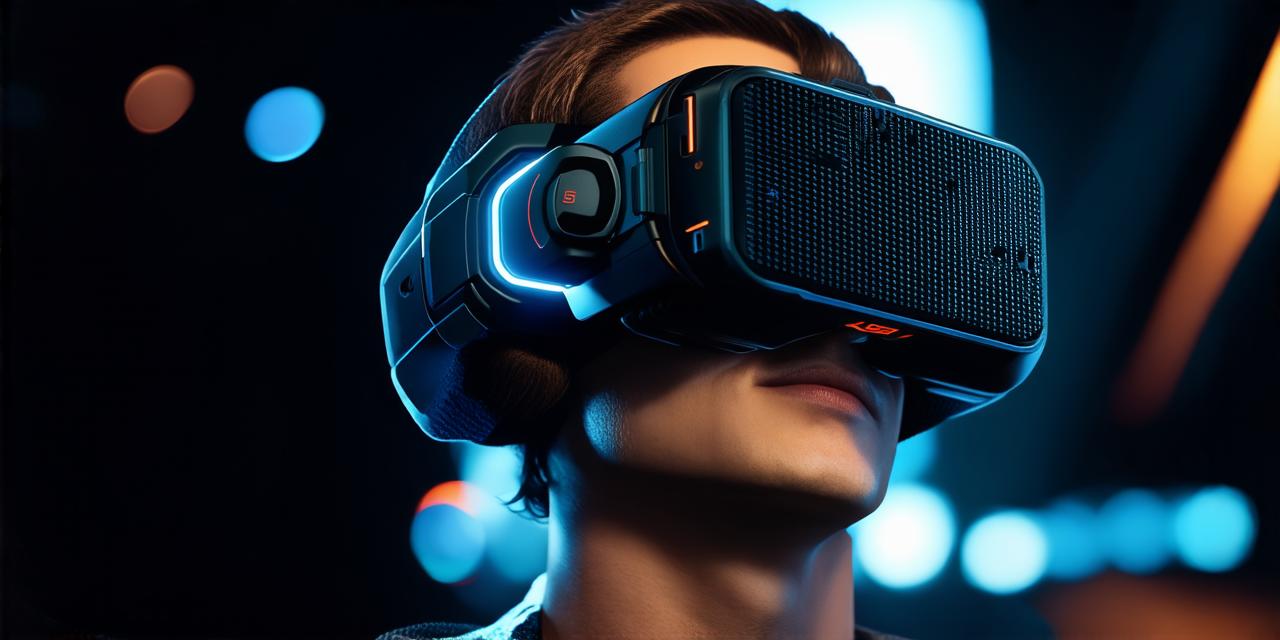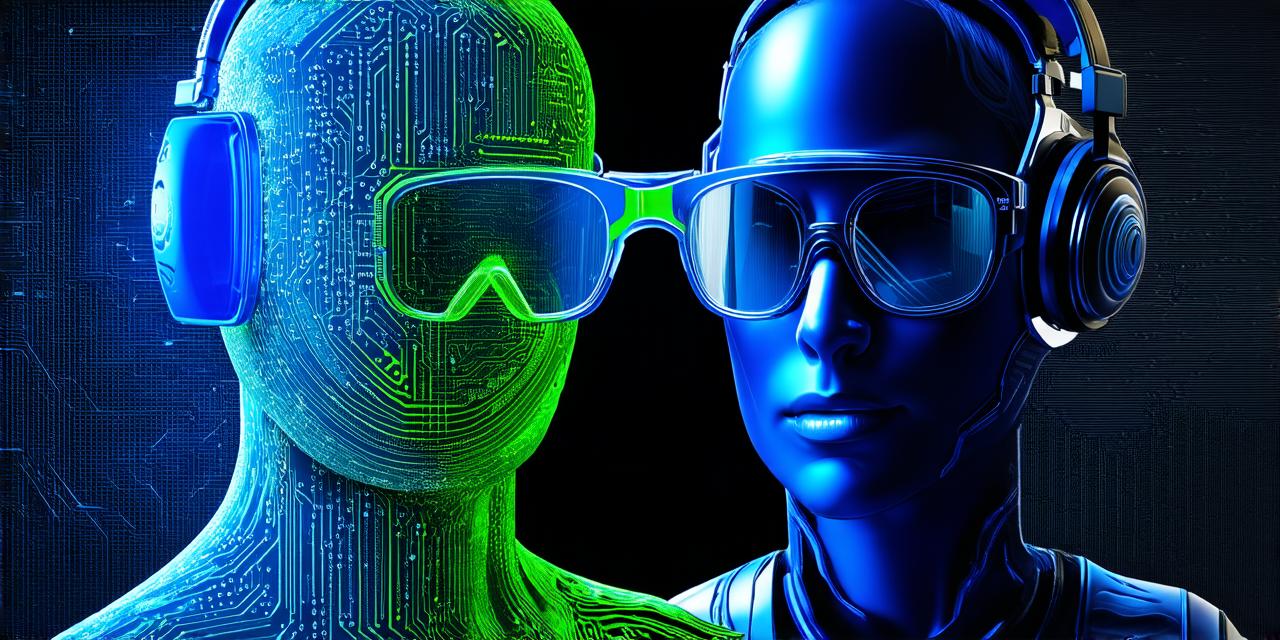What is Three-Dimensionality?
Three-dimensionality refers to the ability of an object or environment to exist in three different dimensions: length, width, and height. In a 3D world, objects have volume and can be viewed from different angles and perspectives. The human brain is capable of interpreting 3D information and using it to navigate the physical world.
Virtual Reality vs. Real Reality
The main difference between virtual reality and real reality is that VR is a digital simulation of the real world, while real reality is the actual experience of being in the physical world. In VR, users wear specialized headsets that track their movements and provide them with a realistic view of the virtual environment. The headset’s sensors measure the user’s position and adjust the image accordingly to create an illusion of depth and three-dimensionality.
In real reality, objects have physical dimensions and exist in space. They can be touched, felt, and interacted with in different ways. In contrast, virtual objects are digital representations of real-world objects that can be manipulated and explored using specialized controllers or hand gestures.
Is Virtual Reality Truly Three-Dimensional?
Virtual reality is designed to simulate a three-dimensional environment as closely as possible. The technology used in VR, including headsets, sensors, and controllers, are specifically designed to create an illusion of depth and three-dimensionality. However, the level of realism can vary depending on the quality of the technology and the design of the virtual environment.
Some people argue that VR is not truly three-dimensional because it relies on a digital representation of reality. They claim that the human brain cannot fully understand or interpret the information presented by VR, leading to an incomplete perception of depth and dimensionality.
However, research has shown that the human brain can perceive and interpret 3D information presented through VR. Studies have found that users of VR technology have similar brain activity patterns while experiencing virtual environments as they do when experiencing real-world environments. This suggests that the illusion of three-dimensionality in VR is not just an illusion but a genuine experience.
Conclusion
In conclusion, virtual reality is truly three-dimensional, although the level of realism can vary depending on the technology and design of the environment. The human brain has been shown to be capable of perceiving and interpreting 3D information presented through VR, providing users with an immersive and realistic experience. While some people may argue that VR is not a true three-dimensional experience, research and evidence suggest otherwise.



